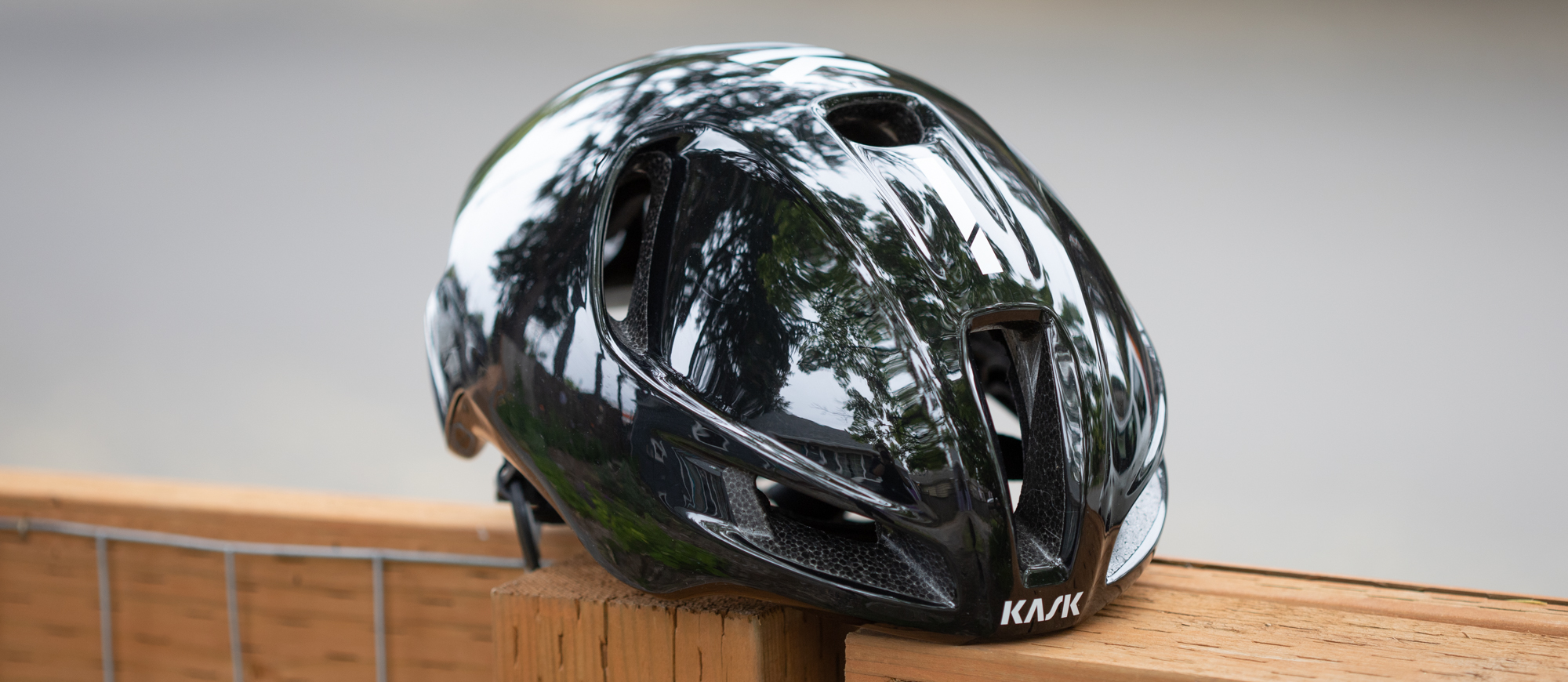Cyclingnews Verdict
The Kask Utopia is one of the best helmets available but the lack of traditional rotational impact protection makes it less desirable even in the face of such a great design
Pros
- +
Vertical strips of padding helps keep sweat out of your eyes
- +
Lightweight
- +
Comfortable rear head cradle
- +
Easily removed and washed/replaced padding
- +
Chin strap never comes loose or flaps in the wind
Cons
- -
Lacks rotational impact technology
You can trust Cyclingnews
The very best road bike helmets have, over the last few years, split into two distinct categories: lightweight and aero. Lighter helmets with more venting work great whatever the day might bring but they potentially lack outright speed. The other option is from our list of the best aero road bike helmets. These hybrid helmets borrow techniques from time trial helmets. They start on a computer and undergo extensive CFD analysis before they see real world testing. Often, they require a sacrifice of ventilation, weight, or usability but they claim to save watts. Is it worth it?
Kask thinks it might be and, in 2018, the Utopia debuted on the heads of Team Sky riders. The Utopia is a very aero-focused option, so we naturally put it to the test on a combination of tough climbs and all-out flat sections - hot and cool weather included - to see how it performs. If you are considering an aero helmet, keep reading to see what we think of this option from Kask.
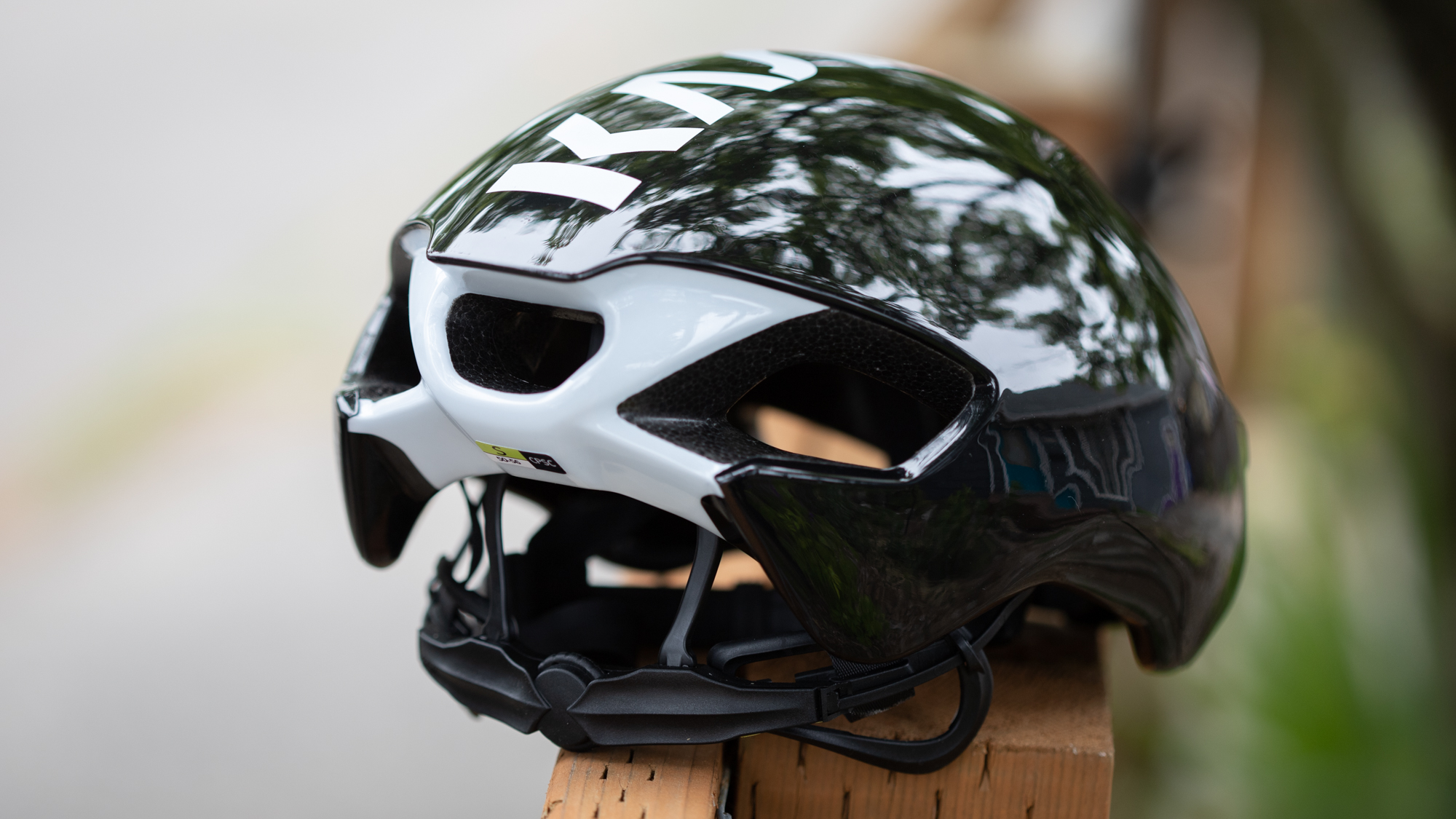
Design and aesthetics
When it comes to aero helmets there's a big range of design language. There are a lot of options out there that elongate the head and look quite alien. The Kask Utopia is, to my eye, one of the best looking aero helmets out there. It's very purposeful, with venting dominating the front and rear, but still manages to keep a compact silhouette.
Sticking to the theme of understated are the colour options. There are eight separate colours but only three of them step away from white and black. If you want bright colourways, there's red, orange, or light blue, with the remaining number being resolutely monochromatic. Whatever colour you choose there's a centred white strip followed by a large Kask wordmark - and in the rear venting there's a bit of contrast colour. On our test sample that means a gloss-black primary colour with white detailing.
On the inside, the design is a bit more unique. There are only four pieces of padding in total. At each temple, just above where the straps connect you'll find a small strip of padding to compliment the primary pads, which take the form of two strips that start at the brow and run across the crest of your head. Compared to its rivals it's certainly minimally padded.
The padding itself uses a carbon thread from a company called Resistex. The material gets its carbon name because it's a union of textile fibres with activated carbon. The obvious benefit in a helmet is that there's a natural odour resistance. Beyond that, the company also claims a resistance to both static electricity and bacteria, as well as better heat regulation. The 5mm thick padding is quick to dry and effective at moving moisture.
What's also unique about the interior of the Kask Utopia is the deep channelling, something that's only really possible in such a low profile helmet with a reduction in the space taken up by the pads.
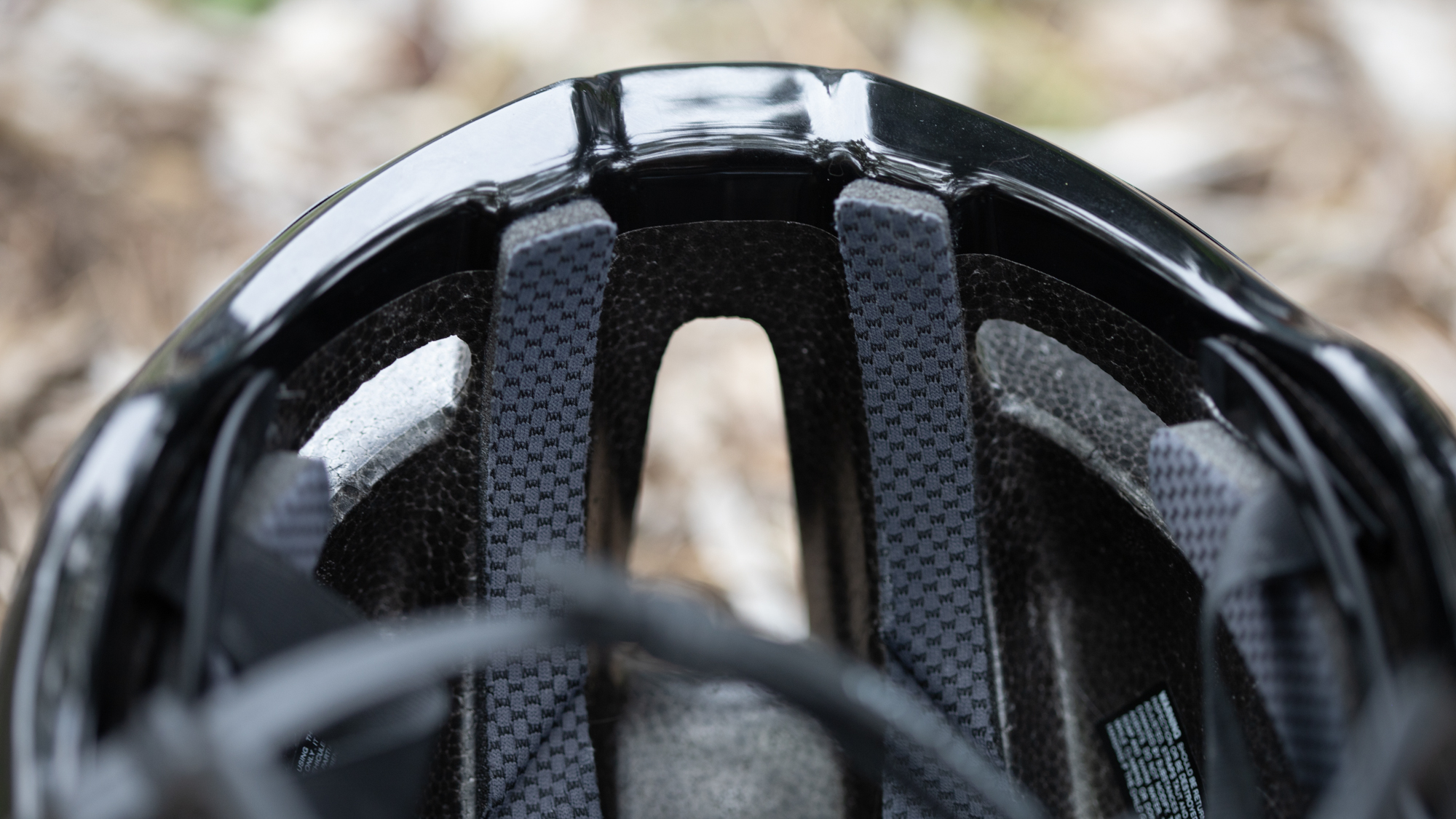
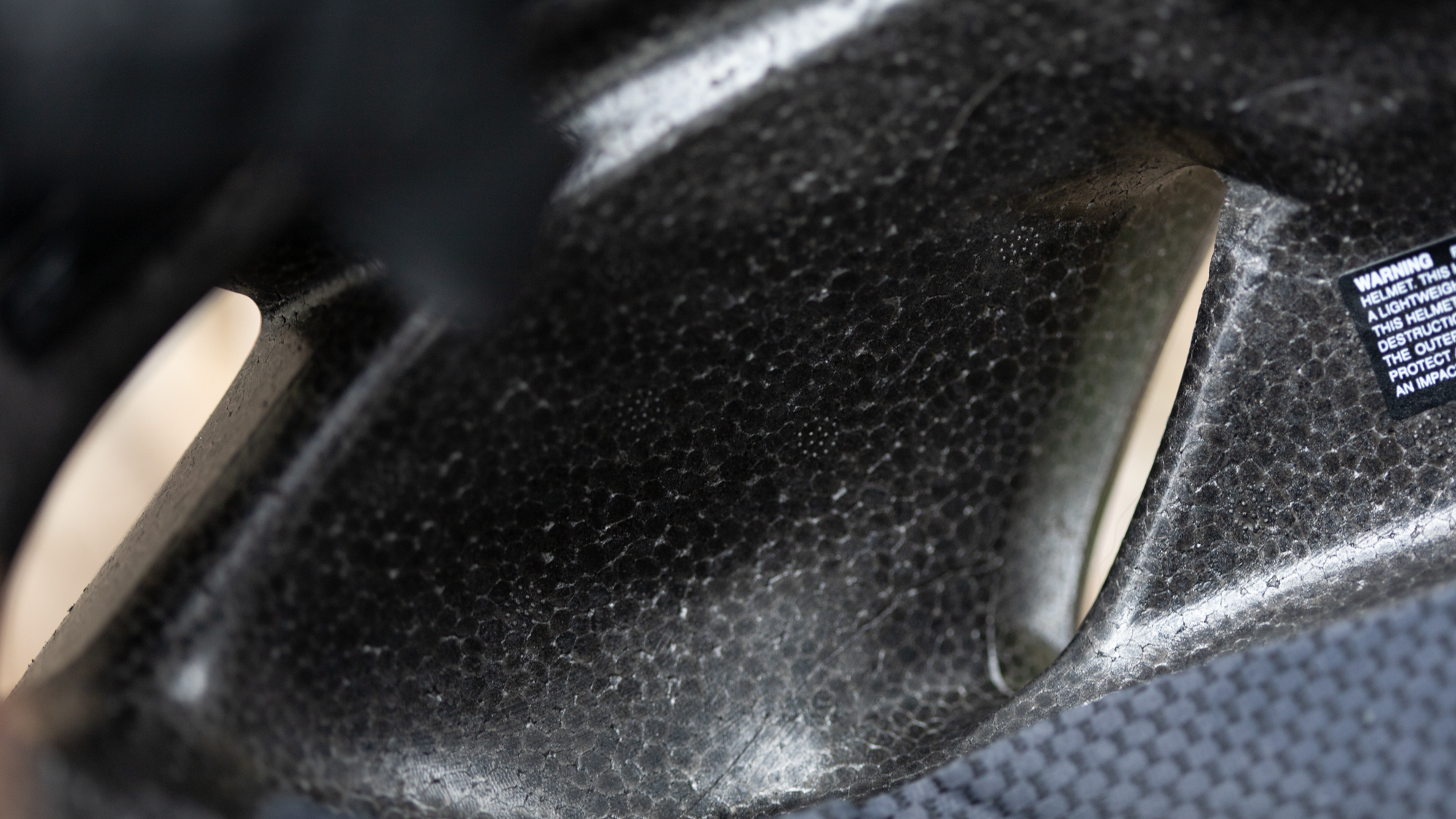
Performance
The Kask Utopia is one of the most comfortable helmets I've ever worn. I measure my head at 55.5cm which puts me near the top of the size small range or in the middle of the medium sizing. I've learned to go down a size for summer helmets but I also have a Protone Icon in size medium. The two helmets share the same sizing chart and I can't tell the difference in terms of comfort but, at 252 grams, the small is lighter than a medium.
Part of what makes the Utopia so comfortable is the straps and rear Octa Fit cradle. The Octa Fit system has a big range of vertical adjustment and it's not locked in position. You can pull it down farther than a lot of helmets and it will naturally find a comfortable spot as you put the helmet on. On either side of the base of the skull the system has a kidney shape, outlined in foam-covered plastic. It's wide enough that there's no localised pressure and it's allowed to move so it can accommodate the shape of your head. The one word of caution about the system is that it can interfere with some sunglasses. You’ll want to try it with yours if you have a favourite pair.
The straps then work along with the Octa Fit system. On either side of the helmet is a triangle of webbing that connects at the front and back. These pieces aren't adjustable and the centre of one side has the buckle while the other side has the chin strap. The chin strap is a non-organic leather-like material that has held up well, with no salt stains or wear of any kind. Once adjusted it will not come loose and there's no loose end to flap in the wind.
The Octa Fit and the chin strap are both incredibly comfortable but they are also a common Kask feature. What's less common but every bit as incredible is the padding structure. Most helmets, Kask included, have a pad that runs along the brow. As you sweat it saturates and when you are climbing it often dumps collected sweat that will run down into your eyes. The Utopia avoids this with vertical strips and lots of venting.
Although Kask touts the properties of the Resistex thread, I didn't notice anything special about it. What was noticeable though was that the padding is thicker and it's exposed to air flow from the channels next to it, enhancing the ability to dry quickly. Besides this, the arrangement also does a good job of keeping air moving over your scalp; this might be an aero helmet but it's one of the best at feeling cool.
Which brings us to the aerodynamic claims. According to Kask the Utopia saves six watts at 50km/h compared to competitors, which is a speed more common among the pro peloton than recreational cyclist. Expect that at a more reasonable 32km/h you are going to see a lot less than six watts of advantage. Along with speed though, Kask claims to have used the aerodynamics to make the helmet less noisy. On that claim, I would agree.
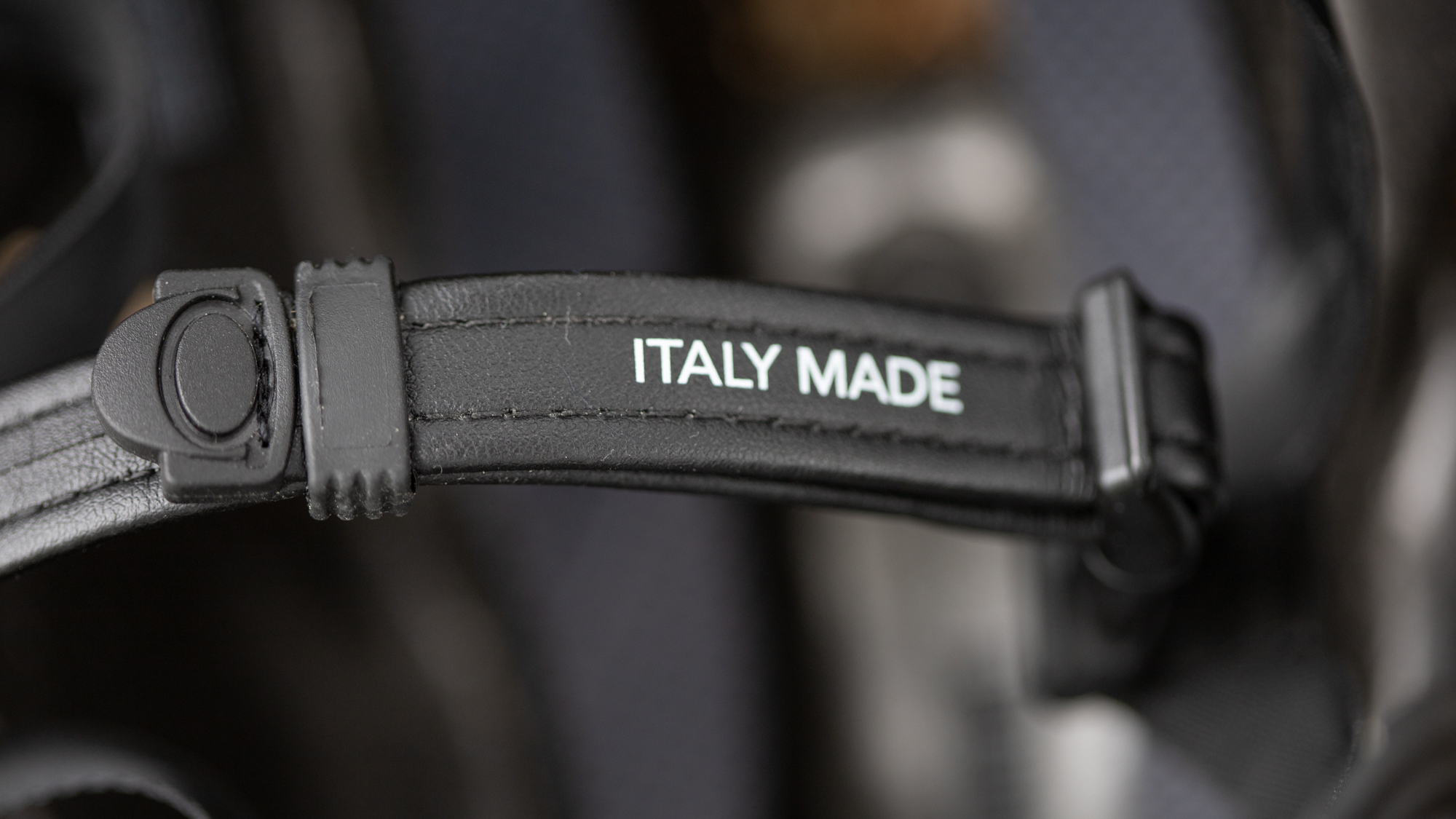
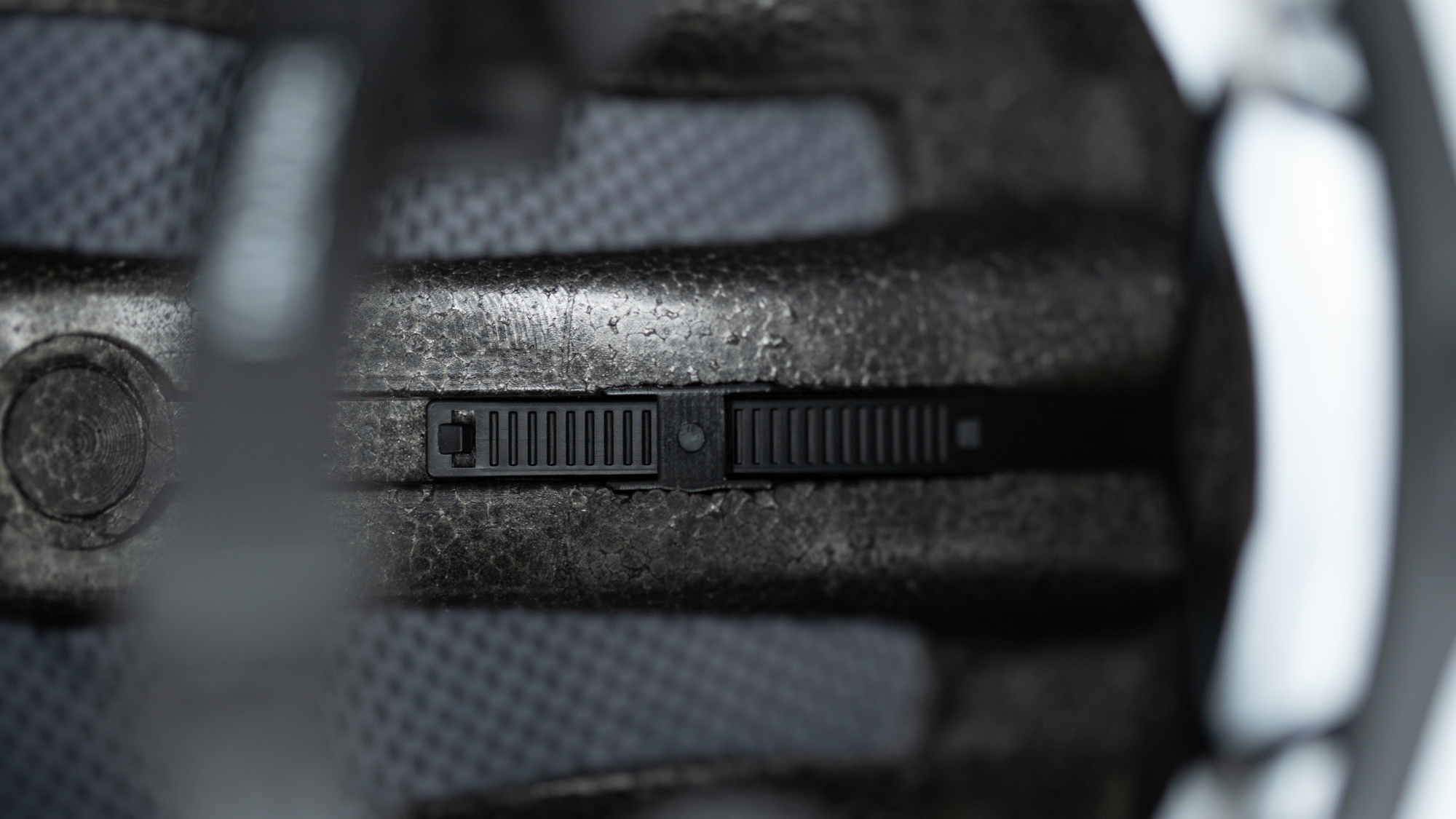
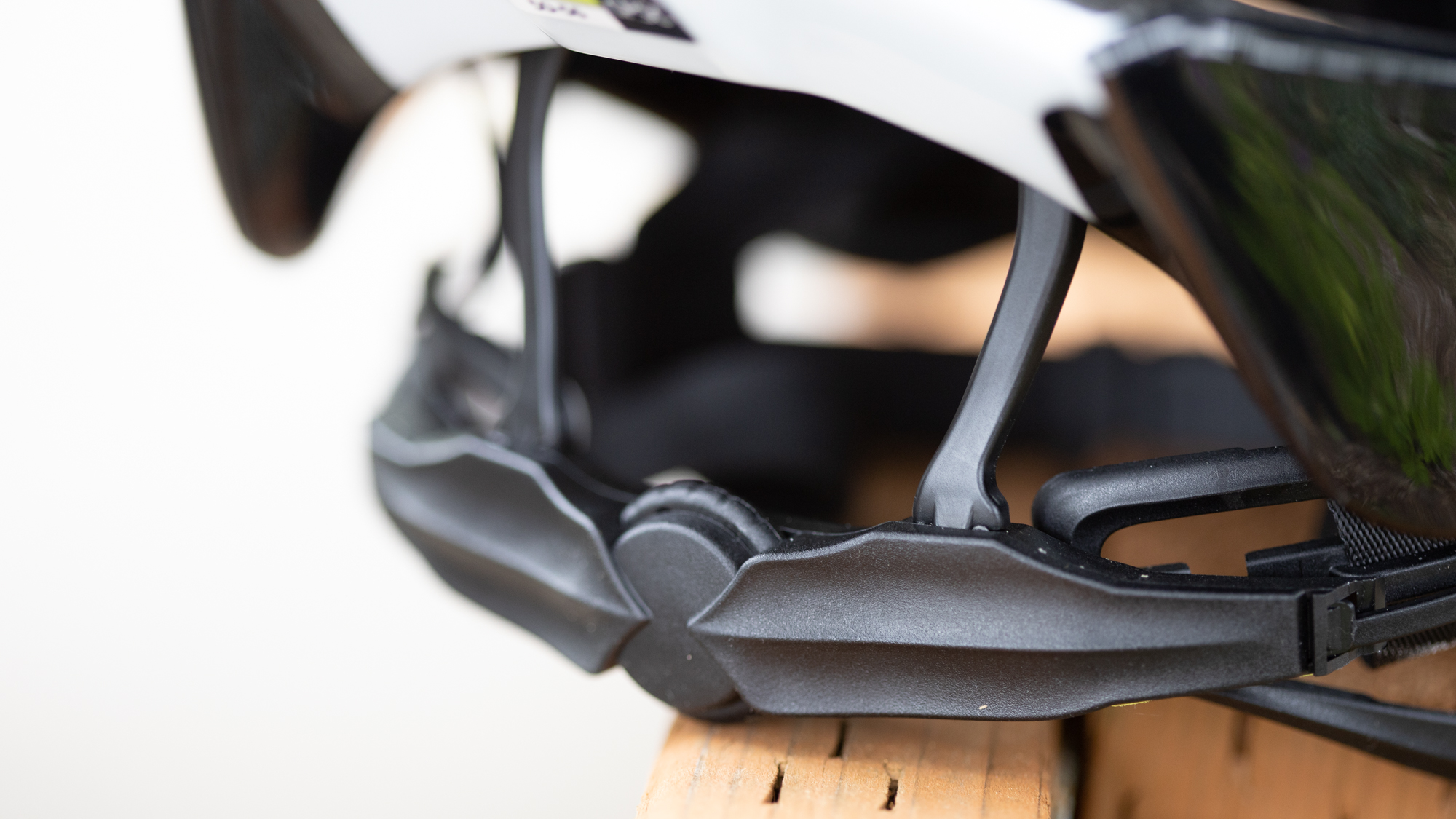
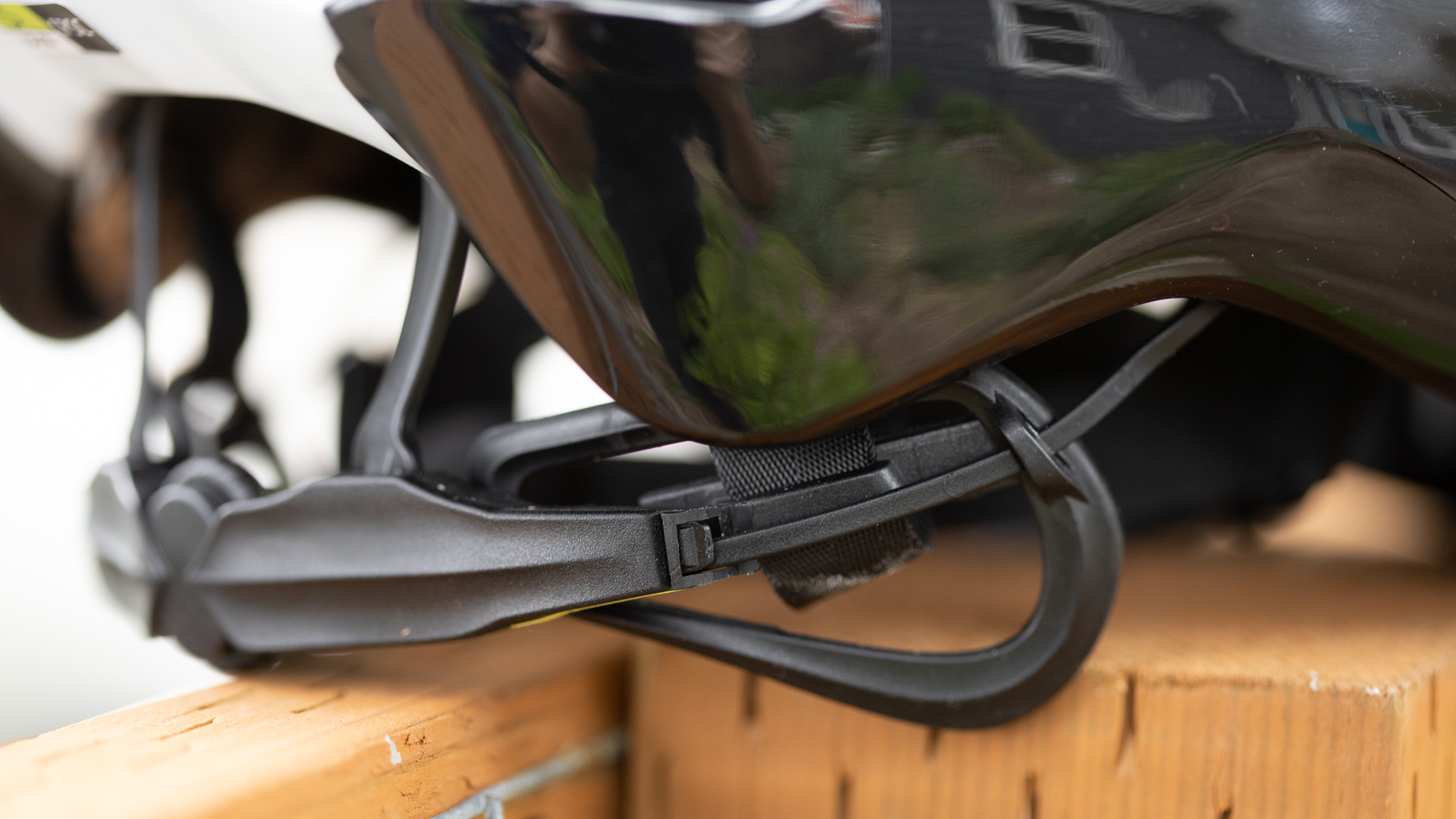
Rotational Impact
As good as this helmet is, there has to be a discussion of rotational impact protection. The job of a helmet is to keep you safe and part of that has become some technology to address rotational impact. MIPS is the biggest brand in the space but there are credible alternatives. Many brands have competing technologies and there's no clear scientific data which one is better. Kask has chosen not to include any rotational impact protection in their helmets.
Instead of using the now-ubiquitous MIPS rotational impact slip-liner, Kask utilises its very own WG11 protocol. As described by Kask, the "WG11 test is an internal protocol adopted by Kask to identify an objective method, based on scientific sources, for measuring the performance of its helmets against rotational impacts."
We can't verify if Kask claims are accurate or not. Kask is standing as an outlier though. Every other brand is either licensing technology from a third party or developing their own rotational impact protection. It's also worth mentioning that the Kask Valegro, another top-of-the-line helmet from Kask that passes the WG11 testing protocol, gets a 3/5 star rating from Virginia tech.
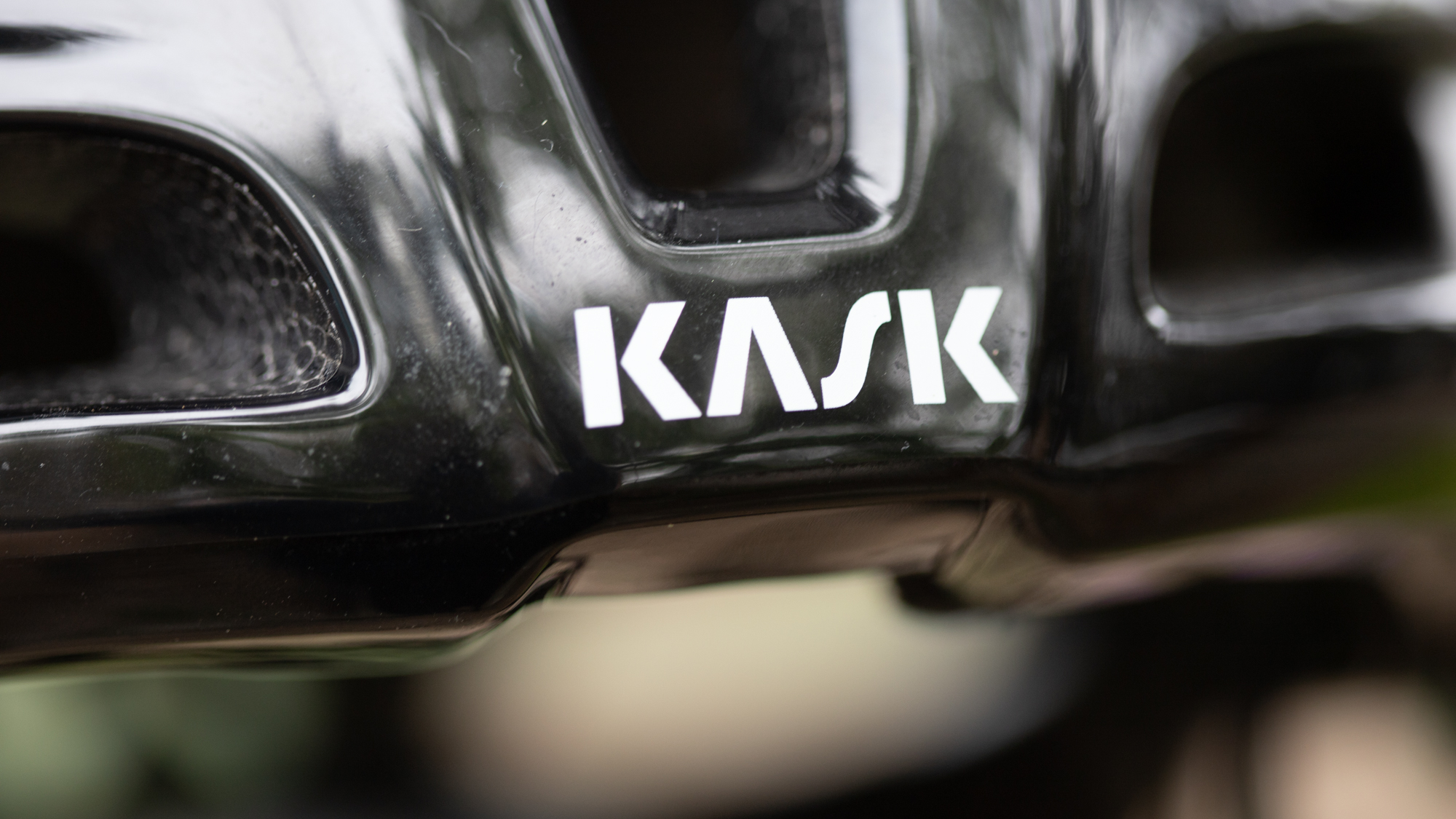
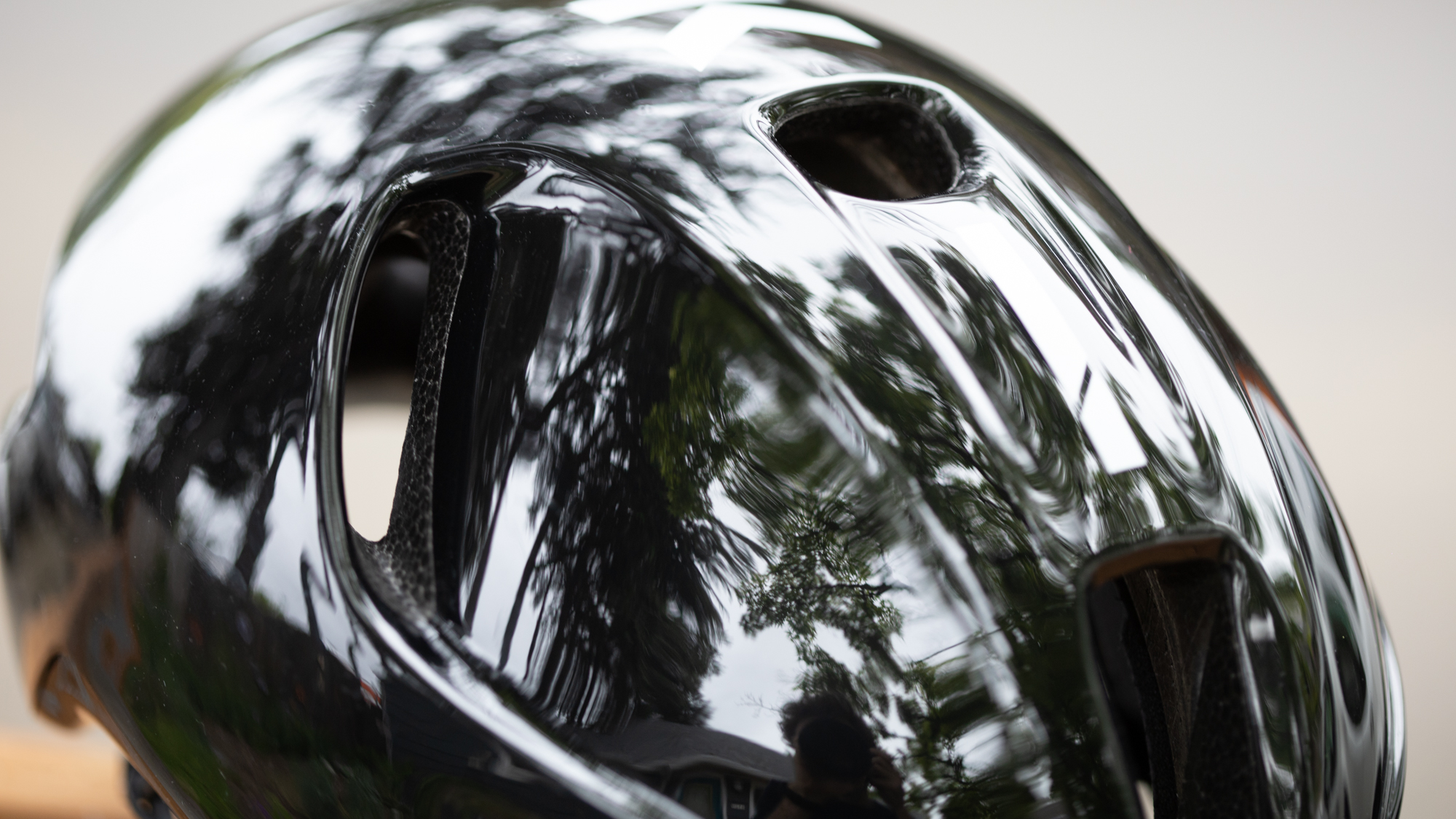
Verdict
A clear omission is the lack of a directional impact slip liner such as MIPS but Kask is confident its WG11 protocol is equally up to the task of protecting its wearer from multi-directional forces. Other than that, the Kask Utopia ticks all the boxes. It's incredibly comfortable, fits well, stays cool and adequately deals with sweat - if that's what you're looking for then you can't go wrong with the Kask Utopia.
Tech Specs: Kask Utopia aero helmet
- Price: £219 / $299 / AU$389
- Weight: 252g (actual, size small)
- Rotational safety: WG11 Rotational Impact Test Passed
- Aero: Yes
- Sizes: S, M, L
- Colours: Eight
Josh hails from the Pacific Northwest of the United States but would prefer riding through the desert than the rain. He will happily talk for hours about the minutiae of cycling tech but also has an understanding that most people just want things to work. He is a road cyclist at heart and doesn't care much if those roads are paved, dirt, or digital. Although he rarely races, if you ask him to ride from sunrise to sunset the answer will be yes. Height: 5'9" Weight: 140 lb. Rides: Salsa Warbird, Cannondale CAAD9, Enve Melee, Look 795 Blade RS, Priority Continuum Onyx
